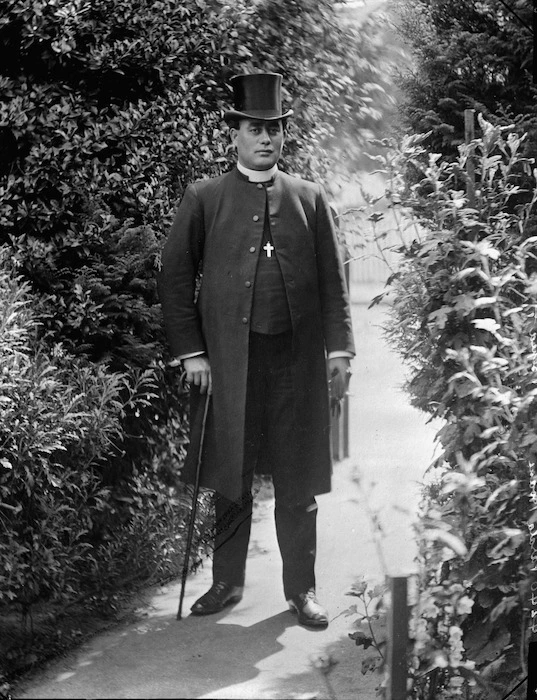Diocese of Dunedin History
How we came to be…
Early Origins
Around 1250-1300 Māori arrived in Otago and Southland, where they hunted the flightless moa and burnt much of the inland forest. The first inhabitants were Waitaha, who were eventually assimilated into Kāti Māmoe (or Ngāti Māmoea). In the early 1800s Kāi Tahu (or Ngāi Tahu) gradually incorporated Kāti Māmoe and became dominant throughout Te Waipounamu. Lower Te Waipounamu is known as Murihiku, which loosely means ‘the tail end’ of the land.
European contact began in the 1790s, with sealers and whalers, who traded and inter- married with Māori.
After Ngāi Tahu chiefs sold land to the New Zealand Company in 1844, settlers, mostly from Scotland and Presbyterian, began arriving from 1848. They first settled around Otago Harbour and the Lay Association of the Free Church of Scotland founded the town of Dunedin (Ōtepoti), which in 1852 became the capital of the Otago province, comprising the whole of New Zealand from the Waitaki Valley south.
In the 1850s people began farming sheep for wool, and settlement of the Southland plains began. Campbelltown (now Bluff) and Invercargill were surveyed in 1856. In 1861 Southland briefly became a province, separate from Otago (it rejoined Otago in 1870 because of its bankruptcy); and in 1863 Rakiura became part of the province of Southland. (Provincial governments ended in 1876.)
Fishing fleets were established in the 1850s, and oysters – the now renowned “Bluff oysters” – were first dredged in Foveaux Strait in the 1860s. The southern waters are particularly noted for blue cod; Southland takes over half of New Zealand’s catch.
After Gabriel Read found gold in 1861 near the Tuapeka River, at a place now called Gabriel’s Gully, the Central Otago Gold Rush ensued, reaching its peak in 1864.
Thanks to both wool and gold, by 1880 Dunedin was New Zealand’s largest and wealthiest town, and a fifth of the country’s population lived in Otago.
After the first refrigerated meat was sent to Britain from Port Chalmers (Otago Harbour) in 1882, farming of sheep for meat began, particularly energising Southland’s economy. Fruit orchards were duly planted in Central Otago, and more recently dairy farming has increased significantly, especially in Southland.
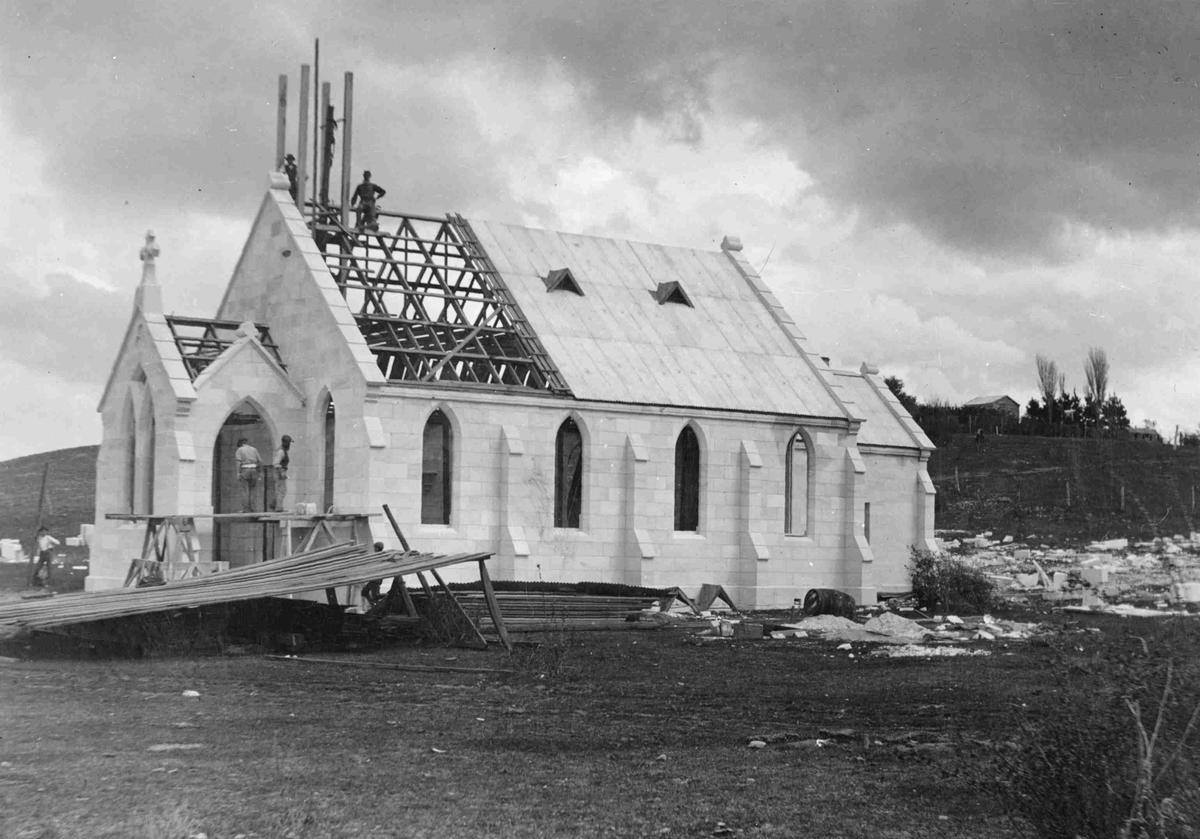
St Martin’s Church Duntroon (Waitaki Valley) during construction in 1897
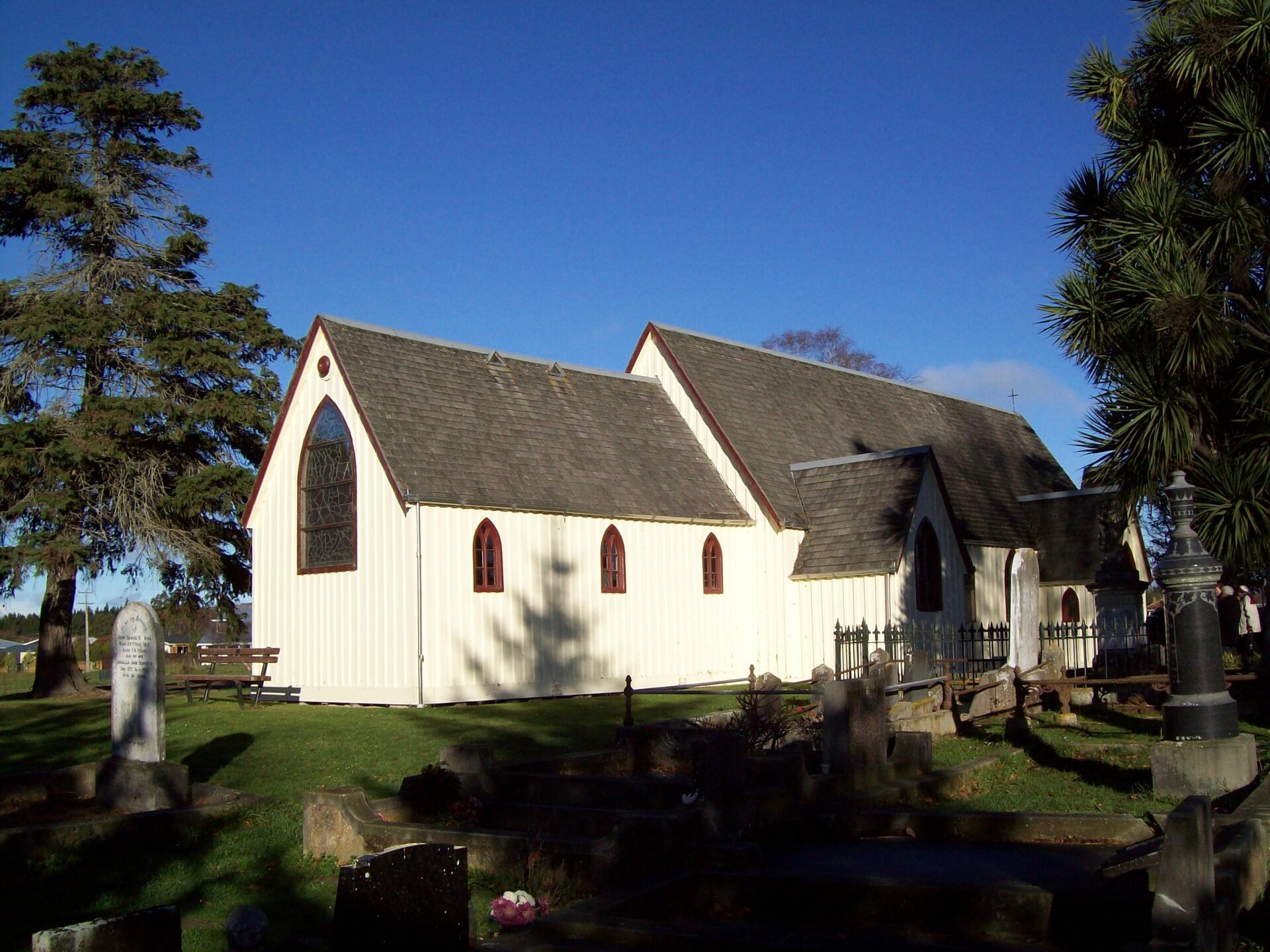
Christianity in southern Te Waipounamu
The first resident missionary in Te Waipounamu was a Wesleyan (Methodist), Rev’d James Watkin, who arrived in Old Waikouaiti (now known as Karitāne) in May 1840, while Roman Catholic Bishop J. B. F. Pompallier preached at Moeraki in December 1840. Tamihana Te Rauparaha, son of the great Ngāti Toa leader Te Rauparaha, also preached in Moeraki to the Kāi Tahu people. Having become an Anglican, he accompanied the first Anglican Bishop of New Zealand, Bishop George Augustus Selwyn, on his journey to Te Waipounamu in 1843- 1844.
In 1844, at the behest of Kāi Tahu rakatira (chief) Tūhawaiki, the Rev’d Johann Friedrich Heinrich Wohlers began what became a 41-year residence on the small island of Ruapuke, a Kāi Tahu stronghold in Foveaux Strait, which runs between Southland and Rakiura.
The South is one of only two parts of New Zealand where Anglicans are a minority Christian denomination (the other is Auckland, with a large Roman Catholic population).
St John’s Church Waikouaiti, the oldest surviving church building, built in 1858
The Anglican Diocese of Dunedin
The Dunedin Diocese was formed on 1 January 1869, separating from the Diocese of Christchurch. In 1871 Bishop Samuel Nevill was appointed to serve the provinces of Otago and Southland, with 10 clergy and 11 churches in his charge.
By 1920 there were 40 clergy and 72 churches, as well as Selwyn College at the University of Otago, and St Hilda’s Collegiate School.
As elsewhere in Aotearoa, church attendance peaked in the 1950s and 1960s. In the Diocese in 1969 there were 4,575 in Sunday school and bible class, 164,929 acts of communion, 775 baptisms, 348 marriages, 482 funerals, 44 clergy, and 106 churches. Since then the number of faith communities in the Diocese has steadily decreased, and there has been a trend towards non-stipendiary and part-time positions among clergy.
Bishops of Dunedin to 2024 – click here for more information.
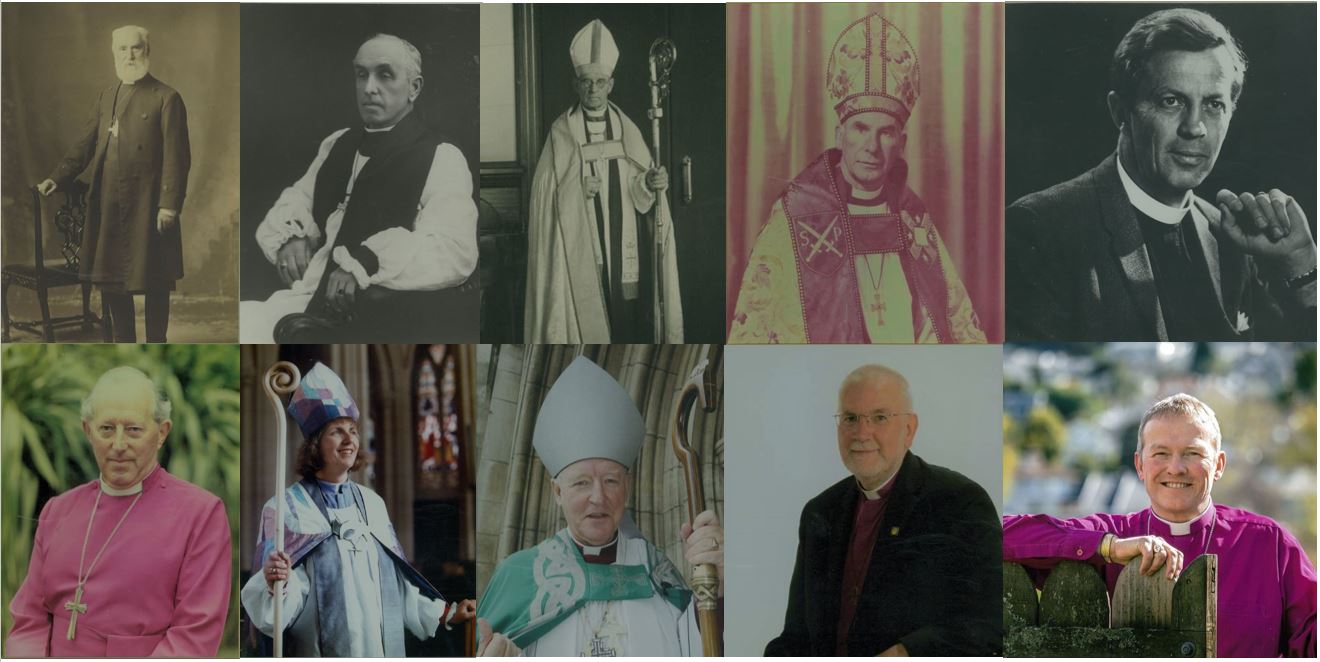
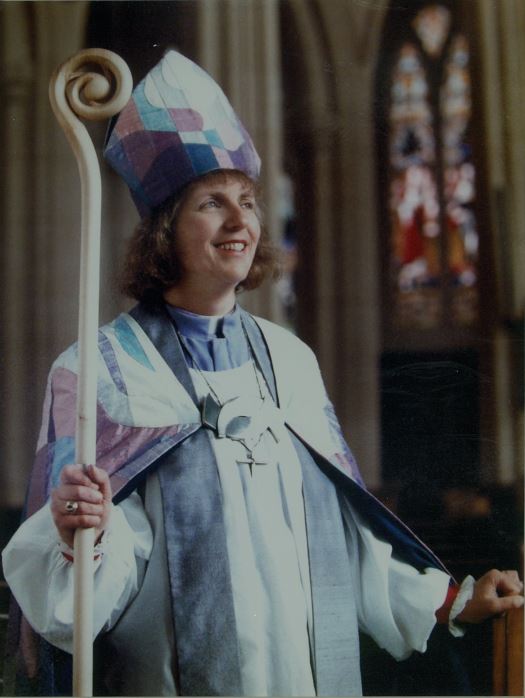
A couple of highlights in the history of the Diocese
- Bishop Penelope Ann Banstall Jamieson was the first woman to be ordained Diocesan Bishop in the Anglican Communion.
- Hoani Parata (1881-1928) was the first Kāi Tahu person to be ordained an Anglican priest (ordained 1908; served as a minister in Gore, Riverton, Queenstown), and the first Māori on the General Synod of New Zealand.
